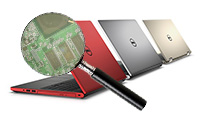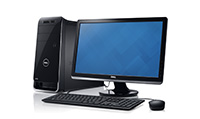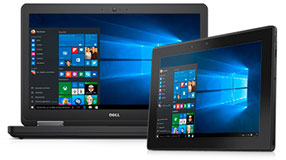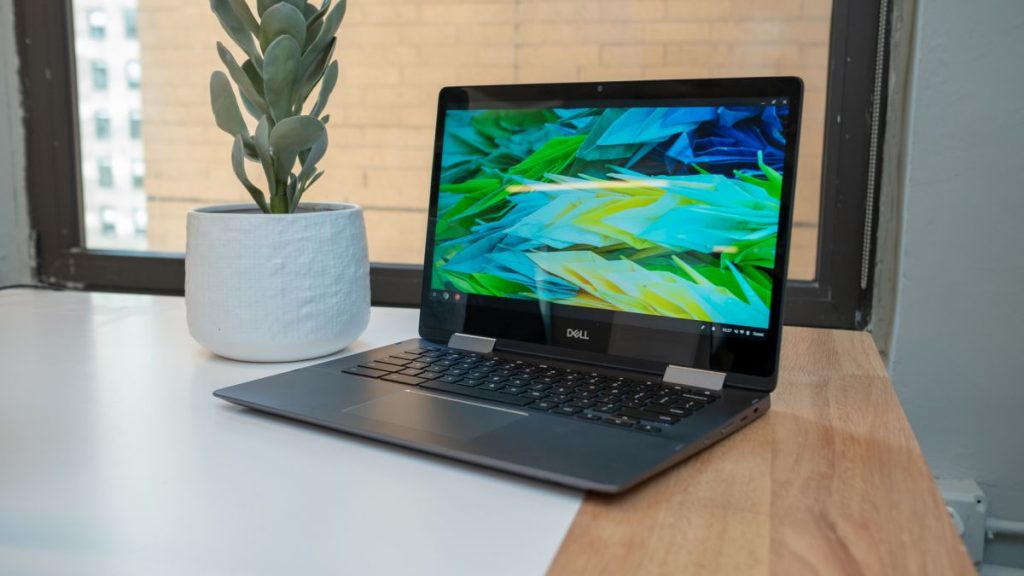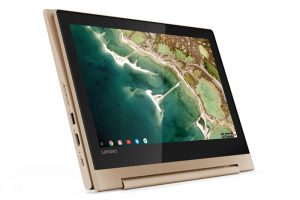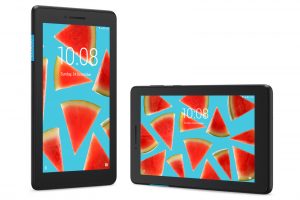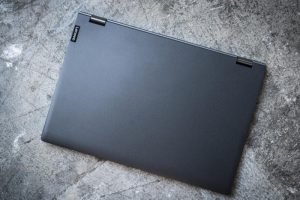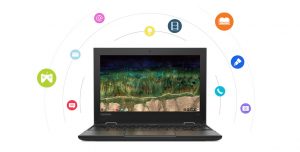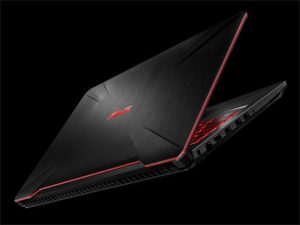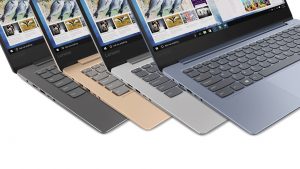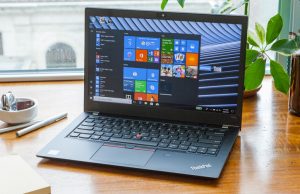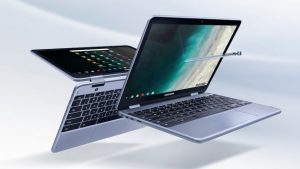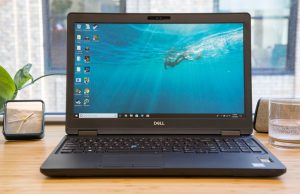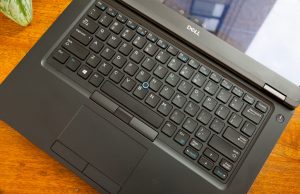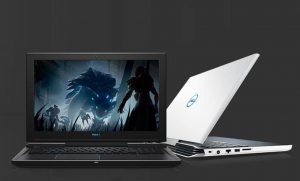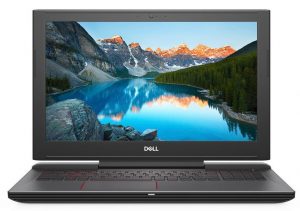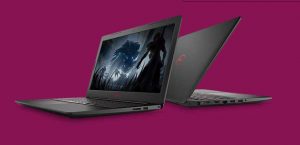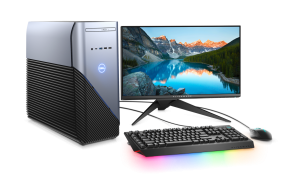The operative word is "almost", because it's not actually a PC, but in a sense it's "close enough for government work", which this journalist defined in a previous article on 4k TV resolution, as a colloquialism which is typically understood to mean: "not exactly as described", but nevertheless "will probably get the job done".
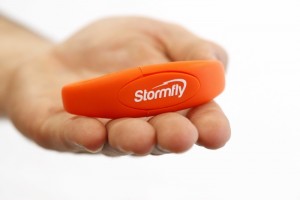

StormFly is a Kickstarter project by Now Computing which was established to provide alternatives to cloud computing, which as the company acknowledges: "can be cumbersome, slow, sometimes ugly, and not always available.... It can be expensive to implement, and restrictive for users. Also with over 350 million PC’s still shipping each year, there is still a lot of local computing going on in the world.... For people who want simple and secure solutions for OS management across their existing, local, infrastructure."
One gets the impression that the prospects for the StormFly wristband are probably much better than average as the Now Computing CEO Feargal Mac Conuladh introduces himself on the Kickstarter website by saying: "I'm Irish and have worked in technology companies for about 20 years. I've worked in a few big well known companies - Lenovo, Epson and Apple." The company is demonstrably not a fly-by-night newcomer to BYOC (Bring Your Own Computer) technology, having previously produced the StormFly for Business, an SSD or HD solution, giving users the ability to boot legacy operating systems in multiple local PCs.
BYOC (Bring Your Own Computer)
Using the StormFly is definitely not rocket-science, and that's actually a major reason for its existence which the company describes as: "a total solution for people who do not have the time, knowledge or desire to create a DIY solution."
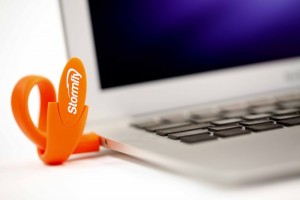

The one deliberate and very useful exception to that is the shared folder on the StormFly which acts simply as a typical but super-fast USB drive, both when using the Linux OS, or when using the host computers regular OS without re-booting into StormFly's OS. Better yet, StormFly encrypts everything on its home directory which is password protected.
How It Works
The company describes it this way: "We make this happen with a bunch of code, scripts and drivers that enable StormFly to work on many different hardware platforms. Although some DIY technology experts might be able to create a Linux bootable USB device themselves, StormFly offers a lot more due to its speed, boot options, updatability and ability to store user data and applications as if it were a PC, making it a solution for any consumer, regardless of their technical capability."
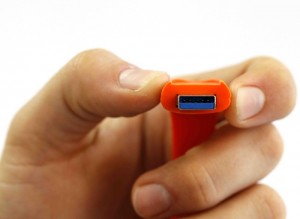

There are some LiveUSBs that do have data persistence, but they use the slower FAT file system and not many of them have the ability to install or update applications. Even those that can accommodate that do not allow the original programs to be removed, which means that updating a software app takes up the space of both the old and the new versions. Making that system even worse is the fact that LiveUSBs or LiveCDs utilize a version of Linux which is compressed, and as such they will always be slower than StormFly's technology.
Let's Do the Numbers
Now Computing is currently offering 32 GB and 16 GB versions. On the 32GB version 12GB are used for the operating system and installed software applications, 10 GB are for the user’s home / user-name, and 10 GB are left for the shared unencrypted folder.
On the 16GB version 8 GB are reserved for the operating system and installed software applications, 4 GB are for the user’s home / user-name, and 4 GB are left for the unencrypted shared folder.
Replacement & Back-up Service
For $20 per year Now Computing provides automated online back-ups onto an encrypted server so the company can ship an exact copy of a lost or stolen unit within 24-hours, with the same password still intact. That service is optional and not required for StormFly to operate. The data in the shared folder however, is not backed up. There will still be a replacement charge for the new unit, but that cost will be less than buying a new StormFly. The company says it does not and cannot access users' encrypted data. Now Computing also does not access passwords, so if a user loses a password there is no method for retrieving the data. Back-ups cannot be accessed online and are used only for unit replacement.
Availability & Pricing
As volume ramps up, the price of StormFly is expected to decrease. Pricing and availability are a work in progress, and current information is available at the Now Computing website, and the StormFly Kickstarter project.

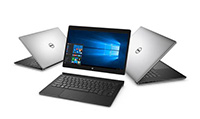 Laptop & Tablet Parts
Laptop & Tablet Parts